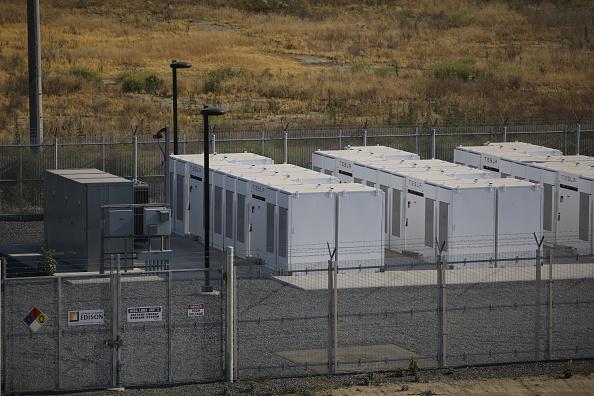How Eco-Friendly Battery Storage Can Save U.S. Businesses Major Money
Around a quarter of companies in the United States could be saving more on their utility bill. Large businesses get taxed with a high demand charge, but it's manageable by adding a battery storage solution to fuel electricity during peak hours.
Updated May 24 2019, 6:32 p.m. ET
When it comes to cutting costs, many United States businesses aren’t factoring in battery storage. It’s an option that’s used primarily in high-cost areas such as New York and California, but many companies across America don’t realize that they can make the switch to battery storage and save lots of money.
Both the National Renewable Energy Laboratory (NREL) and Clean Energy Group (CEG) released a study that analyzed over 10,000 utility tariffs in the continental 48 states. Around five million businesses had a demand charge of $15 or higher per kilowatt, and they are all eligible for a utility rate tariff. These charges are determined by the highest average flow during the billing period, generally 15 minutes worth of power.
Many business don’t realize that their utility bills are divided up with a demand charge and energy charge. This means not only are they billed for how much energy they use, but they pay an additional fee of the average rate of flowing electricity in their buildings. With a battery storage facility in place, that would limit the amount of energy needed to be pulled in during peak demand. This could be up to 70 percent of the businesses’ utility bill.
Seth Mullendore, co-author of the research writeup, explains that with this new information, businesses will be able to find out if they would benefit by adding in a battery storage solution. Reducing their energy usage would remove the extra taxes they pay in demand charges. While this has been happening in high-income areas on the West and East coasts, there are many places that feature high demand charges.
Mid-Atlantic, Midwest, and Southeast regions in the United States are all vulnerable to rather high georges. The study showed states like Georgia, Alabama, Michigan, and Ohio as places that suffer from utility tariffs, but are eligible to install battery storage that will make their costs decline. Now that these have all been identified, lead author Joyce McLaren explains that electricity can be better managed to lower costs.
"Declining costs for energy storage products have created opportunities for commercial customers to deploy batteries to manage peak demand and lower their electricity bills. However, prior to this analysis, no one had performed a comprehensive survey of where the high demand charges are across the country and how many customers might be paying them. Our research seeks to fill that information gap."
With taxes being charged on top of electricity use for medium or large businesses, just adding renewable energy like solar and wind may not be enough. Those sources do lower the bill and are better for the environment, but these companies can maximize their savings by supplementing it with battery storage. As costs continue to fall for batteries, the package deal of solar and storage solutions will remain attractive.

